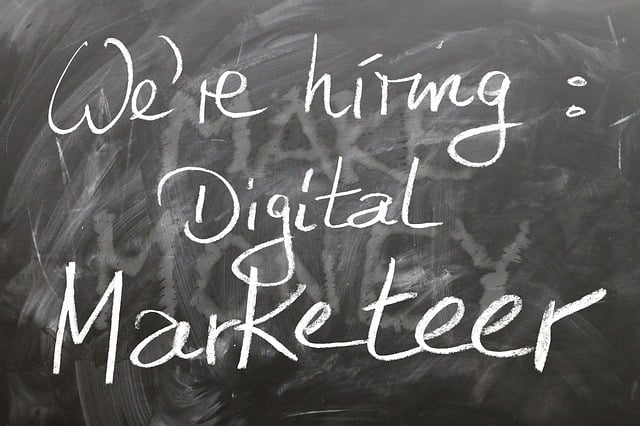AI kitchen automation is transforming culinary practices by leveraging digital twin technology to create virtual replicas of physical appliances. This enables real-time monitoring, precise predictions, and data-backed decisions, optimizing performance and enhancing efficiency in cooking processes. Through AI, chefs can proactively address equipment anomalies, fine-tune recipes, and focus on innovation while personalized systems adapt to individual styles. The technology also facilitates dynamic menu planning and fosters culinary experimentation, revolutionizing the art of cooking by offering unprecedented advantages while addressing challenges like data privacy and staff training.
“Discover the future of culinary innovation with AI business digital twin technology. This cutting-edge approach merges physical and virtual worlds, transforming kitchens into dynamic environments. In this article, we explore ‘Understanding Digital Twins’ and their potential in ‘AI Kitchen Automation for Chefs’. We delve into how AI enhances productivity and creativity, highlighting benefits while addressing challenges. From precise simulations to data-driven insights, learn how this technology is revolutionizing culinary operations.”
- Understanding Digital Twins: The Virtual Representation of Physical Assets
- AI in Kitchen Automation: Enhancing Chef Productivity and Creativity
- Benefits and Challenges: Implementing AI Business Digital Twin Technology in Culinary Operations
Understanding Digital Twins: The Virtual Representation of Physical Assets

Digital twins are virtual representations of physical assets, offering a dynamic and real-time digital mirror of their counterparts in the physical world. This innovative technology is transforming various industries, including kitchen automation for chefs. By creating a digital twin, AI systems can accurately model and predict the behavior of physical kitchen equipment, allowing for enhanced efficiency and performance.
For example, an AI kitchen automation system equipped with digital twin technology can monitor and optimize the performance of cooking appliances in real-time. It can detect any anomalies or potential issues before they become critical, ensuring seamless operation. This not only improves productivity but also enables chefs to make data-driven decisions, fine-tuning their processes for optimal results.
AI in Kitchen Automation: Enhancing Chef Productivity and Creativity

The integration of AI in kitchen automation is transforming the culinary world, revolutionizing how chefs prepare and manage meals. By employing AI-powered systems, kitchen staff can significantly enhance productivity while unlocking new creative possibilities. These intelligent tools can take on various tasks, from precise ingredient measurements to optimizing cooking times, ensuring consistent quality in every dish. With AI, chefs can automate repetitive processes, allowing them to focus more on innovation and presentation.
AI kitchen automation offers personalized assistance to chefs, adapting to individual cooking styles and preferences. It enables dynamic menu planning by analyzing trends, customer feedback, and seasonal ingredients, providing real-time insights for efficient inventory management. Moreover, AI algorithms can suggest creative recipe variations, fostering a culture of culinary experimentation and ensuring chefs stay at the forefront of innovation in their field.
Benefits and Challenges: Implementing AI Business Digital Twin Technology in Culinary Operations

Implementing AI Business Digital Twin technology in culinary operations offers a multitude of benefits, especially for chefs looking to enhance their creative process and operational efficiency. By creating a digital twin of an AI kitchen automation system, chefs can simulate various scenarios, optimize recipe development, and predict equipment failures before they occur. This allows for more precise planning, reduced downtime, and improved overall kitchen performance. Moreover, AI-driven simulations enable chefs to experiment with new ingredient combinations and cooking techniques without the risks associated with trial and error in a physical kitchen.
However, several challenges must be addressed when introducing this technology. Data privacy and security concerns are paramount, as digital twins rely on extensive data collection, including sensitive information about recipes, ingredients, and culinary processes. Ensuring robust cybersecurity measures is essential to protect intellectual property and customer data. Additionally, the initial setup costs for implementing AI kitchen automation can be significant, requiring substantial investments in hardware, software, and skilled personnel to manage the system effectively. Training staff to work alongside AI tools and ensuring buy-in from all levels of culinary operations are also critical factors for successful integration.
AI business digital twin technology, particularly in kitchen automation for chefs, offers immense potential to revolutionize culinary operations. By creating virtual representations of physical assets, this innovative approach enhances productivity and creativity in the kitchen. As discussed, AI-powered digital twins can streamline processes, optimize resource allocation, and provide valuable insights into performance. However, successful implementation requires addressing data privacy concerns, ensuring robust cybersecurity measures, and providing adequate training for staff. With the right strategies in place, AI kitchen automation has the power to transform culinary experiences and elevate the art of cooking to new heights.
